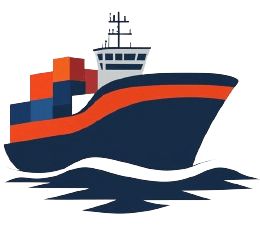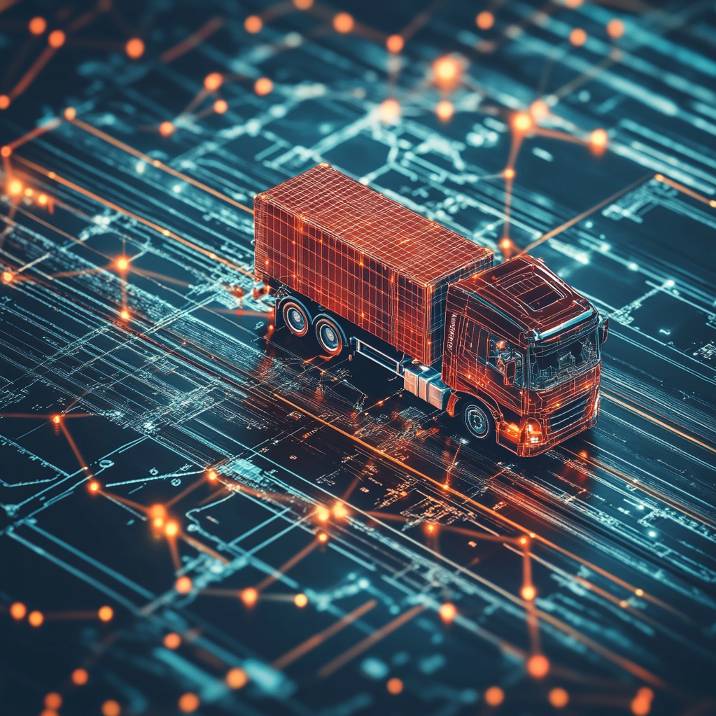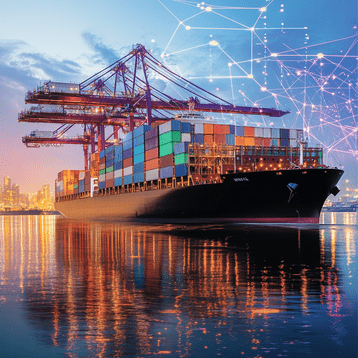| Decision-Making Approach | Utilizes advanced machine learning (ML) algorithms, neural networks, and deep learning for adaptive decision-making based on real-time data analysis. Can predict anomalies and adjust dynamically. | Follows predefined rules and logic, with decisions made based on programmed conditions. Limited flexibility to adapt to unforeseen scenarios. |
| Data Handling and Insights | Capable of handling large volumes of structured and unstructured data, integrating information from IoT devices, historical trends, and external sources (e.g., weather, traffic). Generates predictive and prescriptive insights. | Operates primarily with structured data. Analysis is limited to scenarios within the programmed rule sets. Unable to process external or real-time data effectively for decision-making. |
| Scalability and Flexibility | Highly scalable and flexible due to cloud-based architecture. Can scale dynamically with demand and integrate new data sources or logistics requirements seamlessly. | Scalability is constrained by the complexity of adding new rules. Requires manual intervention to adjust for new processes or external factors, making it less adaptable to changing conditions. |
| Operational Efficiency | Enhances efficiency through real-time optimization, including route planning, dynamic scheduling, and predictive maintenance. Can autonomously learn and improve processes over time, reducing operational costs and delays. | Offers increased efficiency in repetitive and predictable tasks, but lacks the ability to optimize beyond predefined scenarios. Potential inefficiencies arise in complex logistics operations. |
| Error Handling and Anomaly Detection | Leverages ML models to detect anomalies, predict disruptions, and implement corrective measures autonomously, minimizing human intervention. Capable of contextual understanding of logistics errors. | Error handling is rule-based, which limits its ability to detect anomalies outside the predefined rule set. Manual oversight is required for complex anomaly detection and resolution. |
| Implementation Complexity | High initial complexity due to the need for extensive data integration, model training, and setting up a robust IT infrastructure. Requires skilled data scientists and AI specialists for development and maintenance. | Implementation is relatively straightforward, involving setting up rule-based logic and conditions. Less dependency on specialized personnel; however, complexity grows as rules become more intricate. |
| Cost Implications | Higher upfront costs due to infrastructure setup, AI model development, and ongoing training. Long-term ROI is realized through continuous process optimization and reduced labor costs. | Lower initial costs but higher maintenance costs as additional rules need to be programmed and updated. May not achieve the same long-term ROI as AI-driven systems due to limited adaptability and optimization. |
| Adaptability to Market Fluctuations | Highly adaptive due to real-time learning capabilities. Can adjust supply chain strategies based on evolving market conditions, inventory levels, and external disruptions such as natural disasters. | Limited adaptability as all changes must be manually programmed into the rule set. Reactivity to market changes is slow, and response to unforeseen circumstances can lead to disruptions in logistics flow. |
| Sustainability and Environmental Impact | AI can optimize routes and logistics to minimize fuel consumption and emissions by factoring in real-time environmental data, leading to sustainable logistics operations. | Rule-based systems can be programmed for sustainability, but without real-time adaptation, efficiency gains are often lower compared to AI-based systems, resulting in higher energy consumption and emissions. |
| Regulatory Compliance | AI systems can automatically adapt to new regulations through continuous learning and can be programmed to incorporate compliance as a key decision factor. Capable of automated documentation and audit trails. | Compliance is managed through rule updates. Regulatory changes require manual intervention to adjust rules, making the system less agile in responding to new compliance requirements. |
| Human Workforce Integration | Can operate autonomously, reducing dependency on human decision-making. Human workforce is involved primarily in oversight, exception management, and strategic planning. | Requires human intervention for rule updates, system monitoring, and handling exceptions. Human oversight is critical in ensuring that rule-based automation functions correctly, limiting full autonomy. |
| Use Cases | Ideal for complex supply chain networks, real-time logistics optimization, autonomous vehicle fleets, and scenarios requiring dynamic decision-making based on multifaceted data points. | Suitable for predictable, repetitive tasks such as basic warehouse automation, simple logistics flows, and scenarios with low variability in input conditions. |





